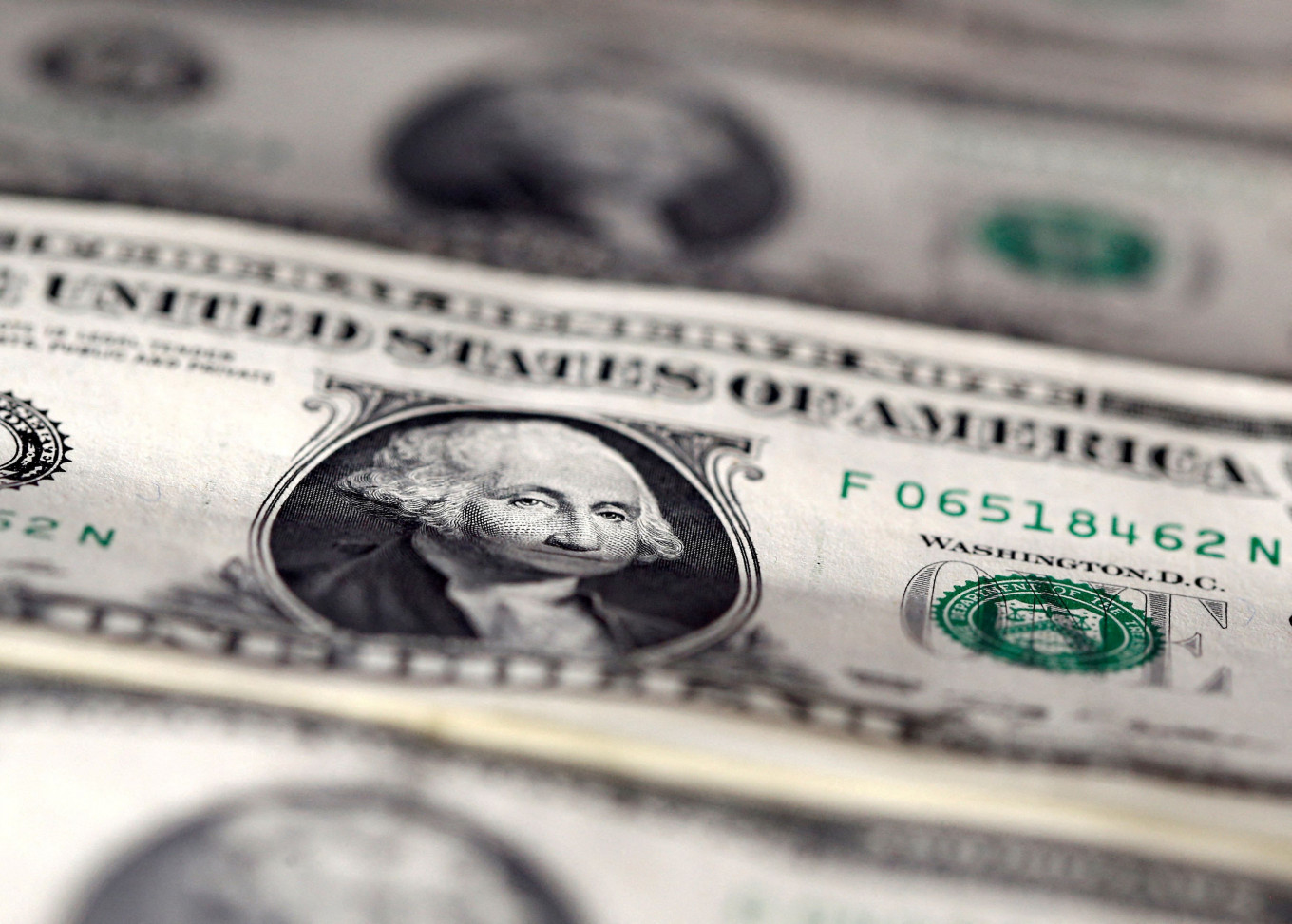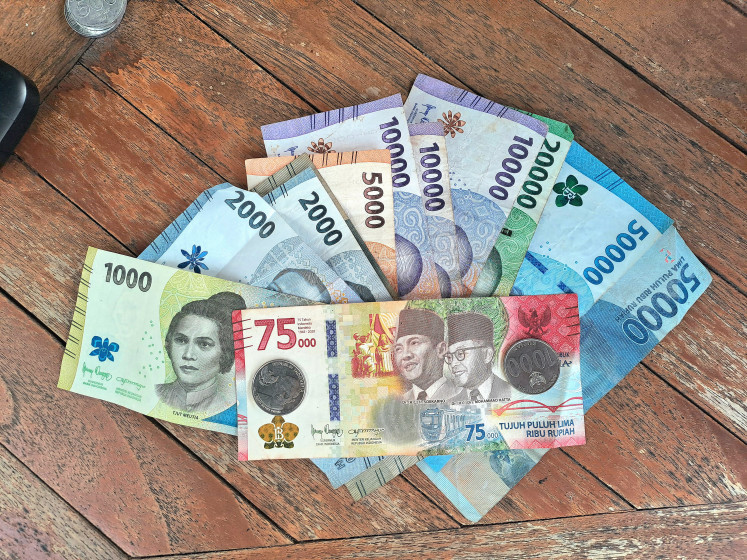Popular Reads
Top Results
Can't find what you're looking for?
View all search resultsPopular Reads
Top Results
Can't find what you're looking for?
View all search resultsDollar hits 135 yen as US yields climb ever higher
Change text size
Gift Premium Articles
to Anyone
T
he yen fell to a fresh 20-year low against the dollar on Monday, as red-hot US inflation data drove up Treasury yields, diminishing the earlier boost from speculation Japanese authorities could intervene to support the currency.
Central banks' efforts to raise interest rates to curtail inflation will remain in focus this week. The Federal Reserve and the Bank of England are expected to raise rates at their meetings, and there is a chance the Swiss National Bank will also hike, but little change is expected from the Bank of Japan.
The dollar climbed 0.43 percent on Monday to 135 yen, a 20-year peak, and edging closer to the 2002 high of 135.20.
The yen briefly rallied late on Friday when Japan's government and central bank said they were concerned by its recent sharp falls, a rare joint statement seen as the strongest warning to date that Tokyo could intervene to support the currency.
"Rising overseas yields and energy prices, coupled with continued dovish Bank of Japan messages, have pushed USDJPY to two-decade highs," said Barclays analysts.
They expect dollar/yen to trade between 131 and 136 this week and noted "there are no clear thresholds above [the 2002 high] other than the round figures of 136, 137 and 138."
The benchmark US 10-year yield touched 3.2 percent on Monday morning, having gained nearly 12 basis points on Friday after US inflation beat expectations, driving bets that the Fed will have to hike rates even more aggressively.
The US two-year yield extended Friday's gains to touch 3.159 percent in early trade, a fresh 14 year high.
Market pricing indicates roughly a two-thirds chance of at least 125 basis points of hikes across the Fed's next two meetings - on Tuesday and Wednesday this week and in July - according to the CME's FedWatch tool.
The Barclays analysts said they were expecting a 75-basis-point hike from the Fed's two-day meeting this week.
Expectations of a more hawkish Fed are pushing up the dollar against more than just the yen. The dollar index, which tracks the greenback against six peers was 0.3 percent higher at 104.52, its highest in four weeks.
The euro was languishing at $1.0483, down 0.3 percent, and sterling was 0.32 percent lower at $1.2275, taking little support from exceptions the Bank of England will raise rates on Thursday, which would be its fifth hike since December.
The Swiss National Bank also meets Thursday, and a 25-basis-point hike is on the cards.
The risk-friendly Australian dollar lost 0.6 percent and fell to as low as $0.6998, a three-and-a-half-week low, as fears about the impact of higher rates drove investors to perceived safer assets.
Similarly, bitcoin, which also trades like a risk asset, suffered over the weekend.
The world's largest crypto currency was around $26,400, its lowest in a month. A fall past May's low of $25,400 would be bitcoin's lowest since December 2020.










